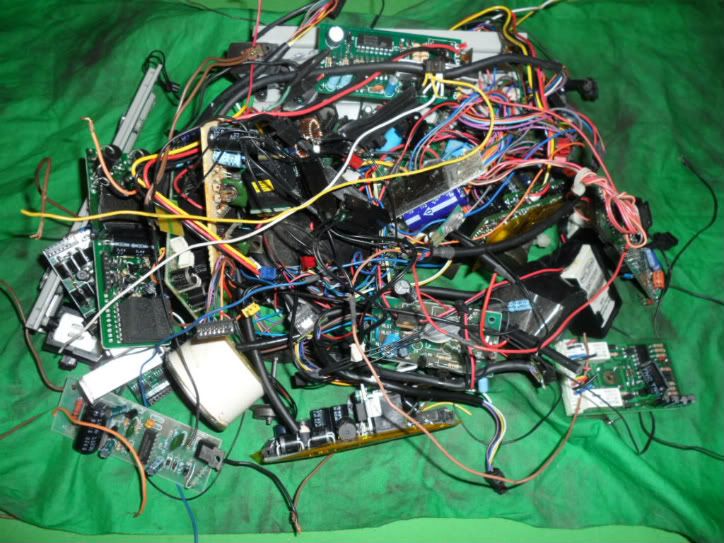quote:
Yea I think the guy who said DCC isn't improving better go and read a little.
quote:
The Tsunami operators manual is 400 pages long not because it's an antiquated system but because it has that many features.
DPC
Funny you should mention that. I have Tsunami equipped HO locomotives and downloaded the the PDF file for the manual so I could program them. That is why I much prefer DCS or Legacy as a user. Tsunami has a lot going for it. But to access many of those features you have to use arcane CVs to accomplish what you can do simply by scrolling through a menu with DCS. To check scale speed with Tsunami you may need to break out a stopwatch and a calculator. You don't even have to bother with that at all with DCS since every PS2 and PS3 locomotive comes out of the box speed mapped identically. The best way I found to check the scale speed of a Tsunami equipped locomotive was to just run it on the same track with a PS3 locomotive used as the reference. That saved time over the stopwatch method but was limited by the inexactness of BEMF. Both DCS and Legacy use speed measuring hardware that is inherently more accurate than BEMF since their feedback values don't change with motor temperature. BEMF isn't a DCC mandate but it is the method used in Tsunami and by all DCC decoder manufacturers except MTH.
quote:
It has duplex now just like DCS and is infinite in it's capability.
Only Lenz and Digitrax have hardware on the market for two way communication. Lenz had their system adopted as a recommended practice after years of DCC committee meetings. Digitrax is on their own. If you want to have two way communications you have to buy their decoders. Tsunami, QSI or other brands of decoders wont talk to the Lenz or Digitrax systems.
A big part of the problem is the communication method of DCC. The polarity of the track power is switched at high frequency to create the digital signal. It was never intended to allow two way communications and has limited bandwidth. To give a decoder a chance to talk back to a detector the command station has to stop sending data. This takes a big bite out of the already limited bandwidth available to DCC.
The capabilities of DCC are very very far from infinite. Lenz acknowledges this when they state "While RailCom is very powerful, there are limits to the technology and therefore we needed to work closely with the community so that we could choose carefully which information we desire to transmit back." That careful choosing is mandated by the limited bandwidth and the expense of trying to work around it.
There are ingenious workarounds for some of the limitations imposed by the old technology specified in the DCC standards. Many DCC users use JMRI decoder pro on their PC to get past the inconvenience of programing CVs. Freiwald offers some impressively complex solutions to make up for the lack of sophistication in DCC decoders. But it makes less and less sense to try and develop ever more powerful workarounds for the basic limitations of a 20 year old communication method.
At some point you have to look at the old car you have hot rodded and realize your awesome 600 horsepower EFI engine is stuck under the hood of a ford fairmount and no amount of further fixing or fudging will overcome the limitations of an out of date platform.
DCS and Legacy have more growth potential due to their communication methods, greater bandwidth and two way communication methods. Airwire has taken the leap of totally separating communication form the track and may represent the way of the future. With wireless networks in many homes and ever smaller commercially available wireless communication hardware it would be logical for command control to go to wireless. Will it? I don't know. Ask the DCC committee if they will allow it. In a few years they might get back to you. In the mean time I expect to see DCS and Legacy keep moving ahead.






